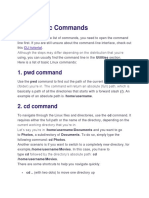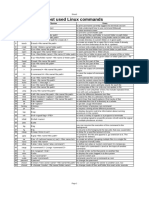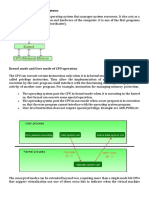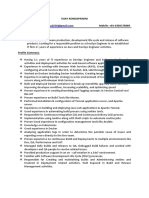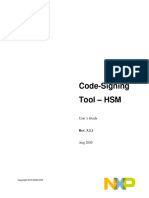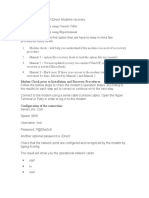0% found this document useful (0 votes)
45 views12 pagesLinux Command (Basics + Advance)
The document provides a comprehensive list of basic and advanced Linux commands, including their functions and usage examples. It covers commands for file and directory management, process control, user management, and network configuration, among others. Additionally, it includes information on package management and system monitoring tools.
Uploaded by
Baishali DuttaCopyright
© © All Rights Reserved
We take content rights seriously. If you suspect this is your content, claim it here.
Available Formats
Download as DOCX, PDF, TXT or read online on Scribd
0% found this document useful (0 votes)
45 views12 pagesLinux Command (Basics + Advance)
The document provides a comprehensive list of basic and advanced Linux commands, including their functions and usage examples. It covers commands for file and directory management, process control, user management, and network configuration, among others. Additionally, it includes information on package management and system monitoring tools.
Uploaded by
Baishali DuttaCopyright
© © All Rights Reserved
We take content rights seriously. If you suspect this is your content, claim it here.
Available Formats
Download as DOCX, PDF, TXT or read online on Scribd
/ 12





































